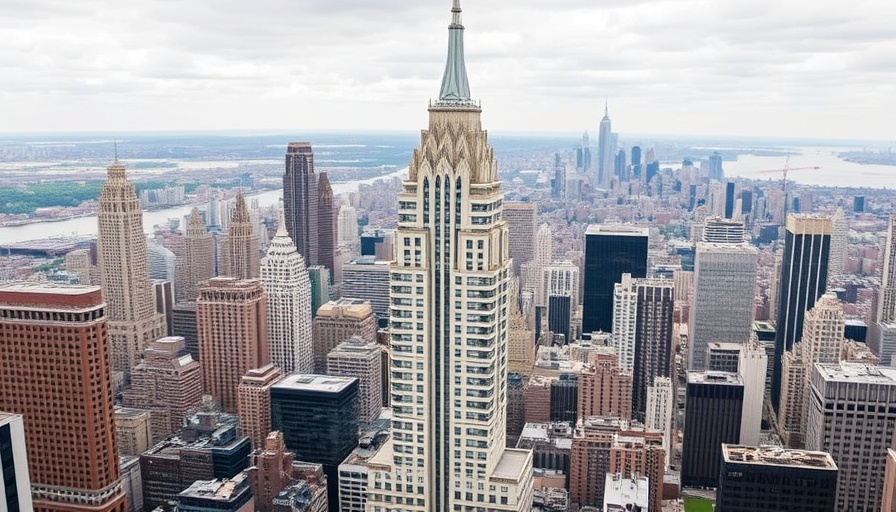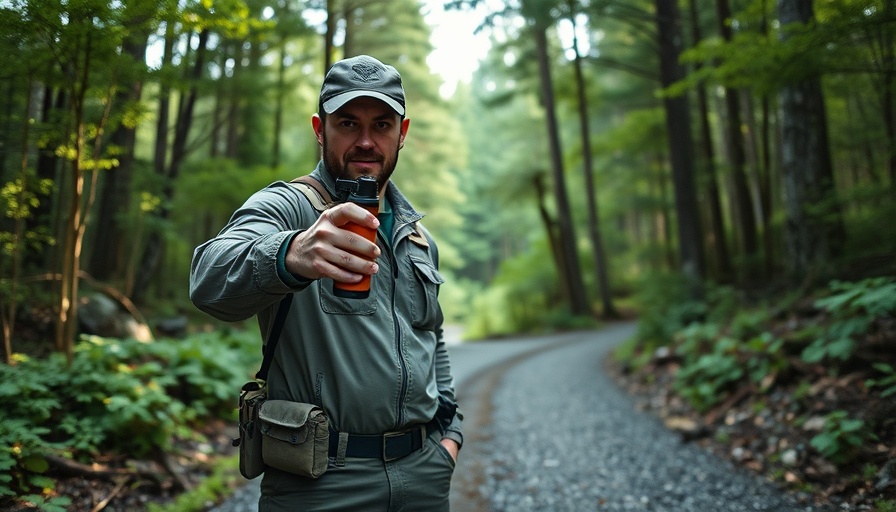
Discovering Underappreciated Pollinators in San Diego
Have you ever thought about the diversity of bees beyond the common honeybee? In San Diego, this urban landscape is alive with native bee species that play a critical role in our ecosystem. A diverse array of bees, from iridescent green sweat bees to the small, elusive Andrena rehni, are vital not just for our gardens but for the health of our local flora. With honeybees grabbing headlines and dominating public consciousness, these lesser-known native creatures are quietly going extinct. Yet, thanks to the efforts of passionate “beeple,” knowledge about these important species is buzzing back into focus.
The Hidden Heroes of Pollination
Native bees may not be as visible as their honeybee counterparts, but they are crucial pollinators. In fact, about 75% of flowering plants in the wild depend on these diligent workers. Bees such as bumblebees and various mining bees have specific relationships with different plants, ensuring genetic diversity and food production. Some native species have evolved to pollinate specific flowers, which demonstrates the intricate web of life that exists within our gardens. While honeybees can be detrimental in some environments due to competition and disease transmission, native bees have co-evolved with the plants of their habitats and are uniquely qualified to do the job right.
A Summer Search for Rare Bees
In 2018, an exciting discovery marked a turning point in the understanding of native bees: wildlife biologist Sam Droege stumbled upon the Andrena rehni, a species not seen in nearly 100 years. This classic ‘beehead’ story exemplifies the pursuit of knowledge about biodiversity, illuminating just how much we still do not know about these tiny creatures. Droege's work, along with efforts from dedicated citizen scientists all over the country, shows how each discovery contributes to a larger understanding of bee populations and their specific needs. As they map out the locations where various bee species thrive, it is becoming increasingly clear that habitat conservation is paramount.
Habitat Loss and Bee Populations
Sadly, the plight of native bees is dire due to habitat loss from urbanization and agriculture. In San Diego County, the steady encroachment of developments has depleted essential botanical resources. The degradation of green spaces has not only affected human enjoyment but significantly hindered minority populations of native bees. According to conservationists, simply maintaining diverse native plant species can attract and sustain these pollinators.
How You Can Help Local Bees Thrive
For residents of San Diego, contributing to the preservation of native bees is more achievable than one might think. Start with your garden! Plant flowering native species, such as California lilacs and black sage, which bloom at different times of the year, ensuring consistent food sources for bees. Reduce pesticide use and let some areas of your yard remain wild—those unmanicured spaces can become a welcoming habitat for native bee species.
A Call to Action for Pollinator Enthusiasts
With climate change increasingly threatening ecological structures and health, getting involved in local conservation efforts has never been more crucial. Join groups that focus on ecological restoration or urban gardening. Participate in citizen science initiatives that allow you to document and report sightings of native bees in your area. Your efforts could play a vital role in changing perceptions and policies related to native wildlife.
In conclusion, while honeybees receive much-deserved attention, the contributions and survival of native bees are crucial to our ecosystem, particularly in urban areas like San Diego. As residents become more aware of this issue, we can all play a part in preserving the biodiversity that enriches our lives. Consider transforming your garden into a haven for these remarkable pollinators!
 Add Row
Add Row  Add
Add 




 Add Row
Add Row  Add
Add 

Write A Comment